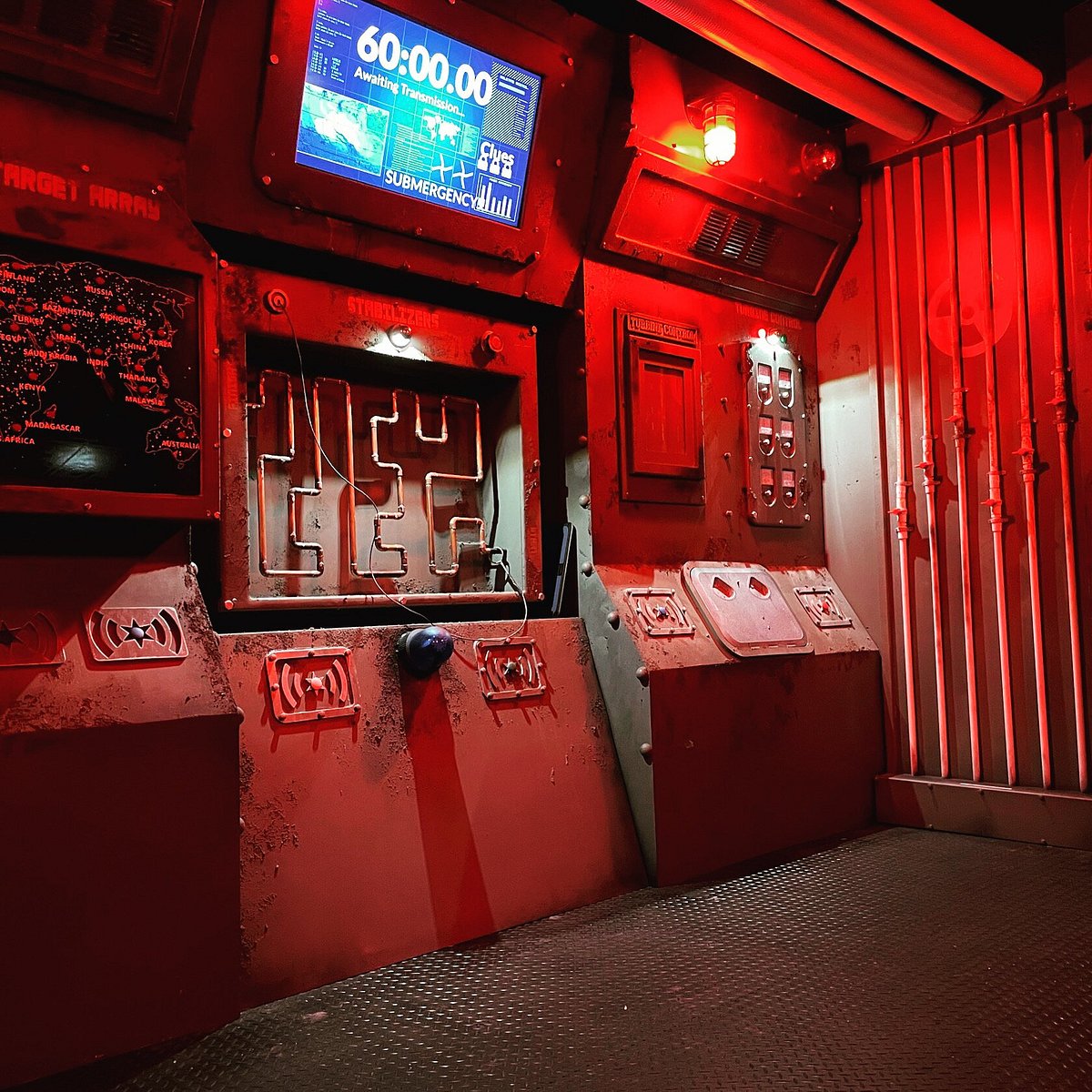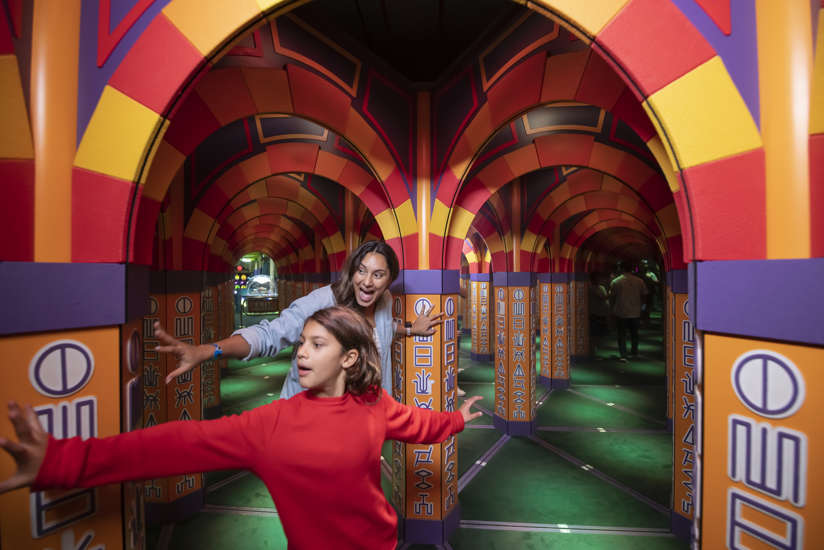Experience Thrilling Escapes at the very best Escape Room in Seattle WA
Experience Thrilling Escapes at the very best Escape Room in Seattle WA
Blog Article
Challenge Your Mind With Our Intriguing Escape Room Puzzles and Clues
Beginning on a retreat area experience uses a complex experience that mixes cognitive difficulties with immersive narration. Each room, thoroughly crafted with one-of-a-kind styles, attracts individuals into a world where reasoning, observation, and physical problems converge.
The Art of Challenge Style
The art of challenge layout in escape spaces is a imaginative and careful process that requires a deep understanding of both cognitive and emotional interaction. Crafting a successful challenge entails balancing intricacy with solvability, making certain that individuals continue to be challenged yet not bewildered. This balance is crucial, as it promotes a feeling of achievement and promotes ongoing involvement.
Challenge designers must think about numerous cognitive skills, such as pattern recognition, deductive thinking, and spatial recognition. These aspects need to be interwoven effortlessly within the narrative of the escape room, boosting the immersive experience. Psychological interaction is similarly important; puzzles ought to stimulate inquisitiveness, exhilaration, and periodic stress, inspiring individuals to persevere and ultimately prosper.
Interest to information is critical. Every clue, prop, and mechanism has to be diligently developed and evaluated to make certain capability and comprehensibility within the story. Designers frequently repeat on their productions, including comments from examination groups to improve problem degrees and eliminate ambiguities.

Sorts Of Escape Room Difficulties
Recognizing the details of challenge style normally leads to an exploration of the varied kinds of difficulties encountered in retreat areas. These difficulties can be extensively classified into physical challenges, reasoning puzzles, and empirical challenges, each offering distinct types of involvement and cognitive excitement.
Physical challenges call for individuals to communicate with their atmosphere, frequently including tasks such as assembling things, controling mechanisms, or uncovering hidden areas. These challenges engage tactile detects and spatial reasoning, encouraging teamwork and hands-on problem-solving.
Logic puzzles, on the various other hand, need logical thinking and pattern recognition. Individuals may be charged with deciphering ciphers, addressing mathematical troubles, or discovering links in between seemingly unassociated ideas - escape room in seattle. These puzzles are developed to evaluate the players' deductive thinking and intellectual prowess
Empirical problems count on eager interest to information. Gamers must scrutinize their environments to determine subtle tips, discrepancies, or hidden messages. These obstacles commonly demand an eagle eye and a capacity to regard links that may ignore.
Techniques for Success
Accomplishing success in retreat areas needs a thoughtful blend of method and cooperation. Team effort is extremely important; players should take advantage of their collective staminas to fix complex puzzles efficiently. Splitting jobs according to private abilities can simplify the procedure-- those with a knack for pattern acknowledgment can handle aesthetic challenges, while logical thinkers deal with sequences and riddles.
Effective communication is an additional keystone of success. Sharing discoveries quickly protects against copied efforts and makes sure every person stays on the exact same page. Utilizing a central area to position discovered items can assist track progression and avoid missing out on important hints.
Time monitoring is just as important. Designate a specific quantity of time to every puzzle, staying clear of long term emphasis on any type of single obstacle. Seeking anchor or switching problems aid from teammates can give fresh point of views. if progress stalls.
It's likewise helpful to acquaint oneself with typical getaway space themes and challenge kinds in advance. Comprehending potential puzzle layouts, such as ciphers or lock mixes, can expedite analytical.
Lastly, maintaining a favorable and composed mindset under stress can considerably impact efficiency. Tension can shadow judgment, so preserving calm ensures clear thinking and efficient partnership, causing a greater likelihood of effectively escaping.

Advantages of Escape Rooms
Participating in getaway areas provides a wide variety of advantages that extend beyond mere entertainment. These immersive experiences serve as a robust system for establishing vital thinking and analytic skills. Participants are needed to assess hints, identify patterns, and design services under time restraints, fostering imagination and cognitive adaptability.
Furthermore, retreat areas are a powerful device for enhancing teamwork and interaction. The collaborative nature of these activities requires efficient interaction and control among group members. This setting urges participants to articulate their ideas clearly, pay attention proactively, and job synergistically towards an usual objective, consequently enhancing interpersonal abilities.
In addition, escape areas give an outstanding avenue for stress and anxiety relief and mental restoration. The engrossing nature of the obstacles enables people to divert their focus from day-to-day stressors, advertising a feeling of accomplishment and wellness upon solving the puzzles. This can lead to boosted mental health and boosted efficiency in other areas of life.
Finally, these experiences typically require imaginative thinking and ingenuity, which can convert into innovative analytical capabilities in specialist settings. By involving in escape areas, people can hone a varied skill established that applies in various real-world Our site circumstances, making them a beneficial enhancement to any expert or individual advancement strategy.
Popular Themes and Circumstances
Looking into the varied globe of escape areas exposes a myriad of prominent motifs and scenarios that astound participants and increase the immersive experience. Amongst one of the most precious motifs are those that transport players into sensational realms or historical durations. As an example, old Egyptian burial places, middle ages castles, and pirate journeys are perennial faves, enabling participants to fix problems within highly detailed settings that evoke a feeling of adventure and discovery - escape room in seattle.
An additional prevalent motif is the enigma and detective style, where players discover themselves in the role of sleuths addressing a crime or uncovering keys. These scenarios often include elaborate stories and a series of interconnected clues that need eager monitoring and deductive thinking to unravel.
Furthermore, science fiction and scary themes hold significant charm, attracting on the intrigue of futuristic modern technology or the adventure of navigating haunted laboratories and residences. These circumstances often integrate unique effects and innovative props, improving the realism and stress.
Lastly, numerous getaway spaces attract ideas from pop culture, producing experiences based on precious books, flicks, or TV programs. More hints This can create a sense of experience and excitement, as individuals engage with scenarios that admire their favorite narratives.
Final Thought
The detailed style of getaway area problems and hints uses a distinct blend of cognitive obstacles and immersive storytelling. By engaging in various kinds of physical, sensible, and empirical puzzles, individuals refine critical thinking and synergy abilities.
Each room, diligently crafted with distinct themes, draws individuals right into a world where reasoning, monitoring, and physical problems assemble.The art of puzzle design in getaway areas is a meticulous and creative process that needs a deep understanding of both cognitive and psychological involvement. Crafting a successful problem involves stabilizing intricacy with solvability, making sure that individuals continue to be challenged yet not bewildered. The gripping nature of the obstacles enables people to divert their focus from daily stressors, advertising a feeling of success and wellness upon fixing the problems.The elaborate style of escape room challenges and clues supplies an unique mix of cognitive obstacles and immersive narration.
Report this page